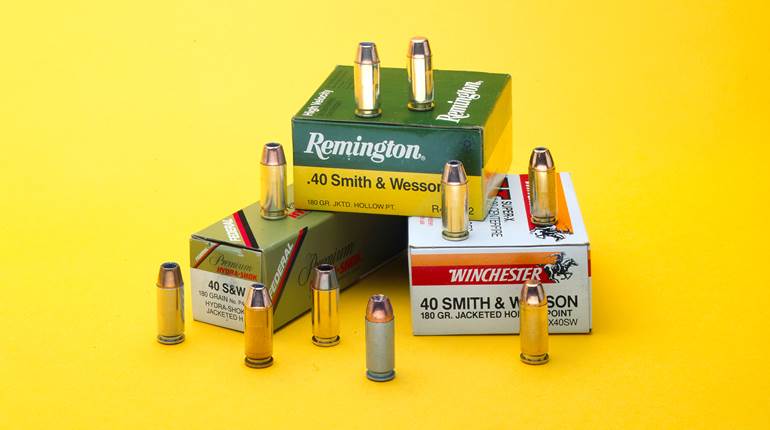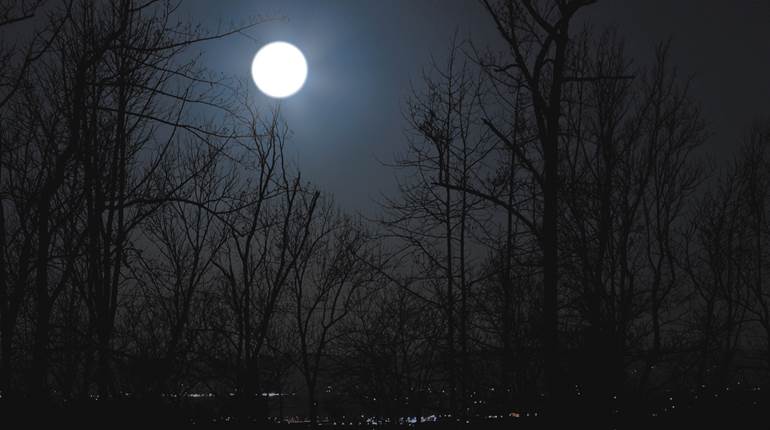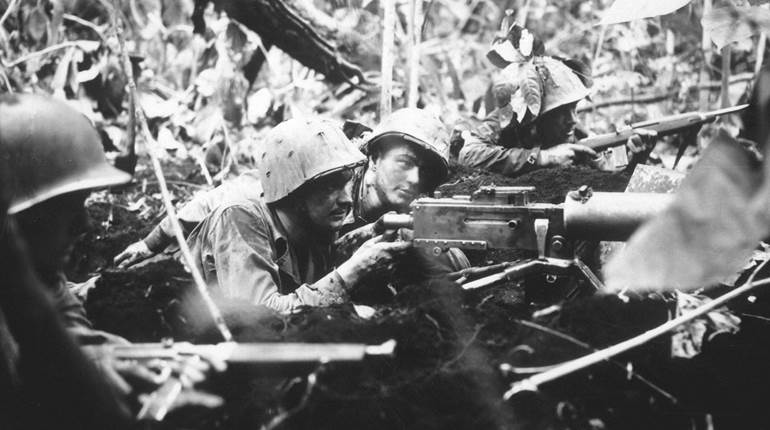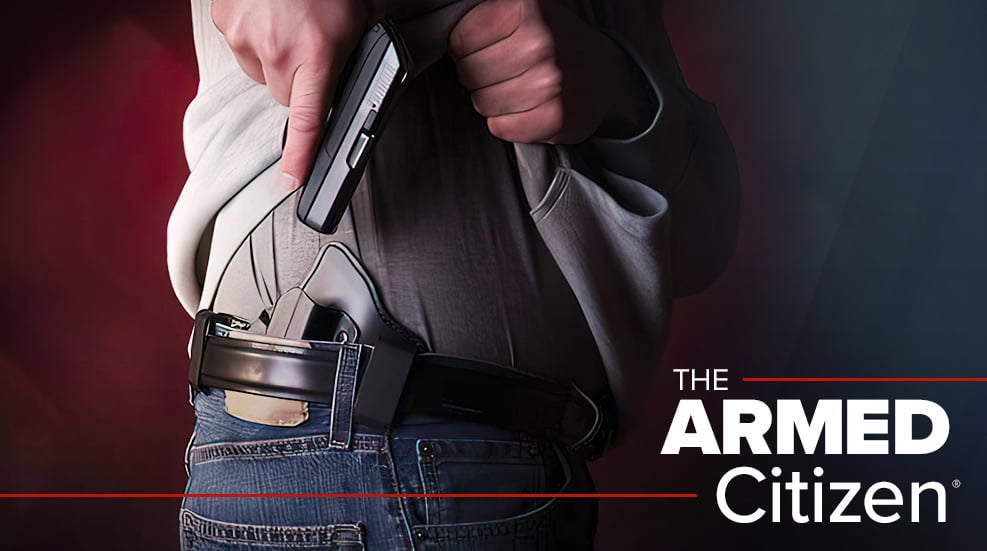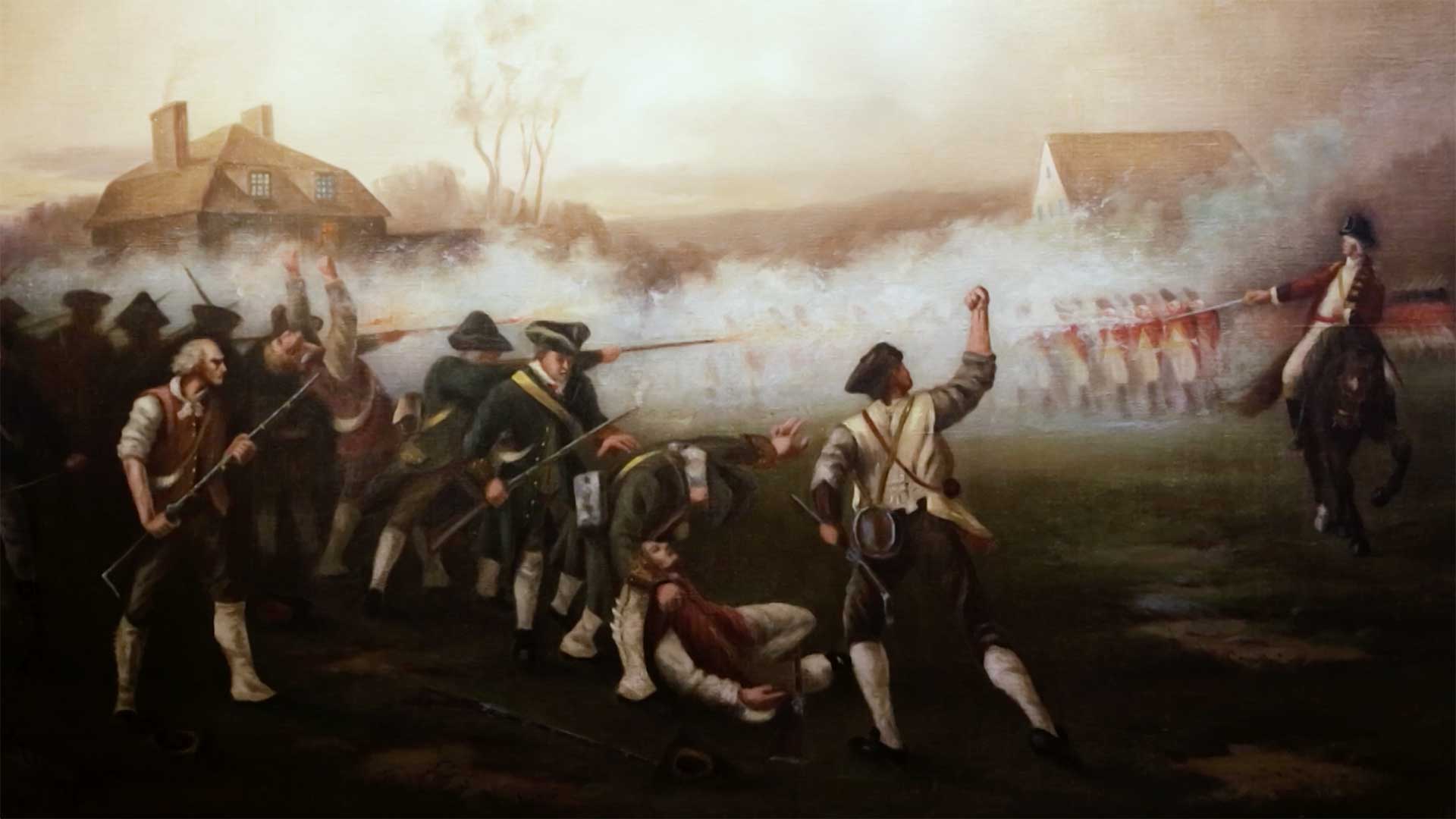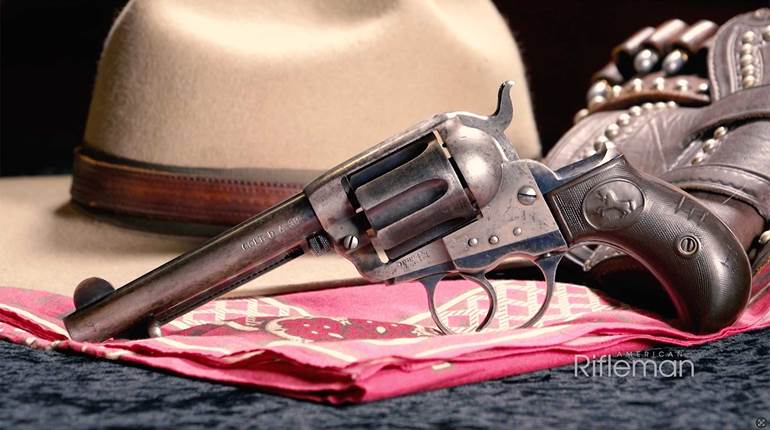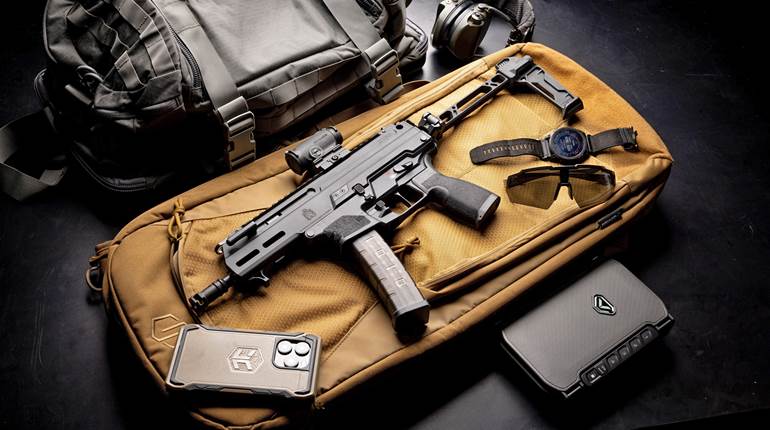
For sheer perserverence in the face of adversity, you can’t beat the grand old .41 Magnum. Although this so-called “middle magnum” was never on the top of the heap in revolver cartridge popularity, it stoutly withstood repeated efforts to cancel it out. This business of a revolver that was not just a supplement to the sporting rifle, started with the .357 Mag. in 1935. Aggressively promoted by Smith & Wesson, that gun went on hiatus until the Axis powers of World War II could be dealt with. The .44 Mag. came in the post-war era (1956) and carved out its own niche in the scheme of things. A bit later, Smith & Wesson added one more Magnum to the stable and the .41 Mag. was born. At the outset of this commentary, understand that the writer is a recovering .41-aholic. I just plain love the things.
The .41 Mag. was never meant to be a magnum, but never was anything but a magnum. That’s a statement needs a bit of amplification. In the early 1960s, several police shootings occurred with less than satisfactory results for the cops. We began to hear rumblings of interest in a bigger police revolver cartridge. As it happened, there were louder and more insistent rumblings for anything that shot lots more times, but that’s another story. When a new round did materialize, it was pretty much what ol’ J.H. FitzGerald had lobbied for in the late 1930s. That’s a 210-gr. LSWC bullet of true .410” diameter, traveling at about 900 fps. It was controllable and very deadly in the Model 58 police service revolver. Although several agencies got superb results with this combination, its weight doomed the gun to obscurity. Both the Model 58 and its lead bullet load are long out of print.
However, in the final design of the gun and ammo, S&W decided to call the big N-frame revolver a .41 Mag. and offer options in both guns and ammunition. Thus we have the flossy, adjustable-sighted Model 57 revolvers (in longer than just 4” barrel lengths) and a JSP or JHP bullet of 210 grs. at 1350 fps. Wow, this is really a magnum round. In terms of energy, this loads equals many .44 Mags.
This may be why the .41 Mag. just keeps rolling on. It’s versatile, particularly for those who handload their own. It is inherently accurate and makes a great gun for long-range competition. It is all the Magnum that most folks need. And it is an underdog—all real Americans root for the underdog.












